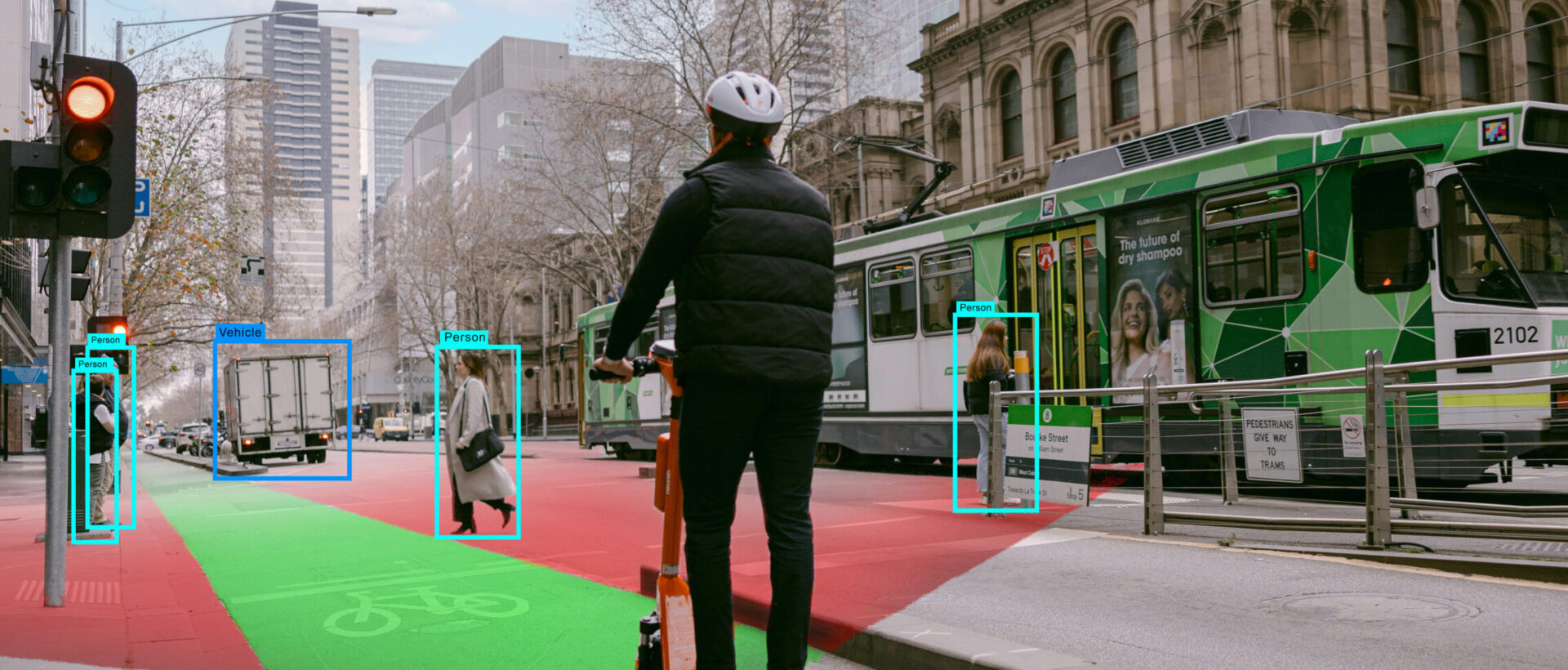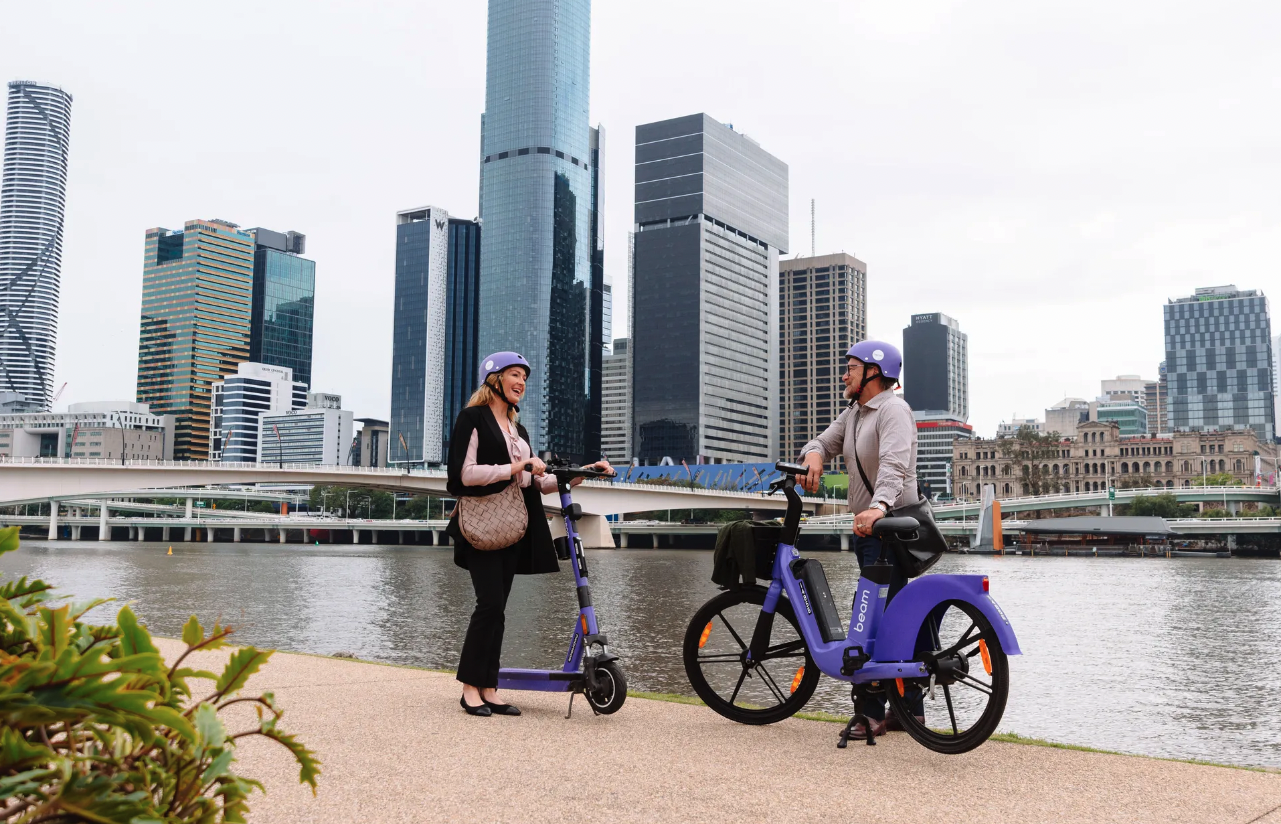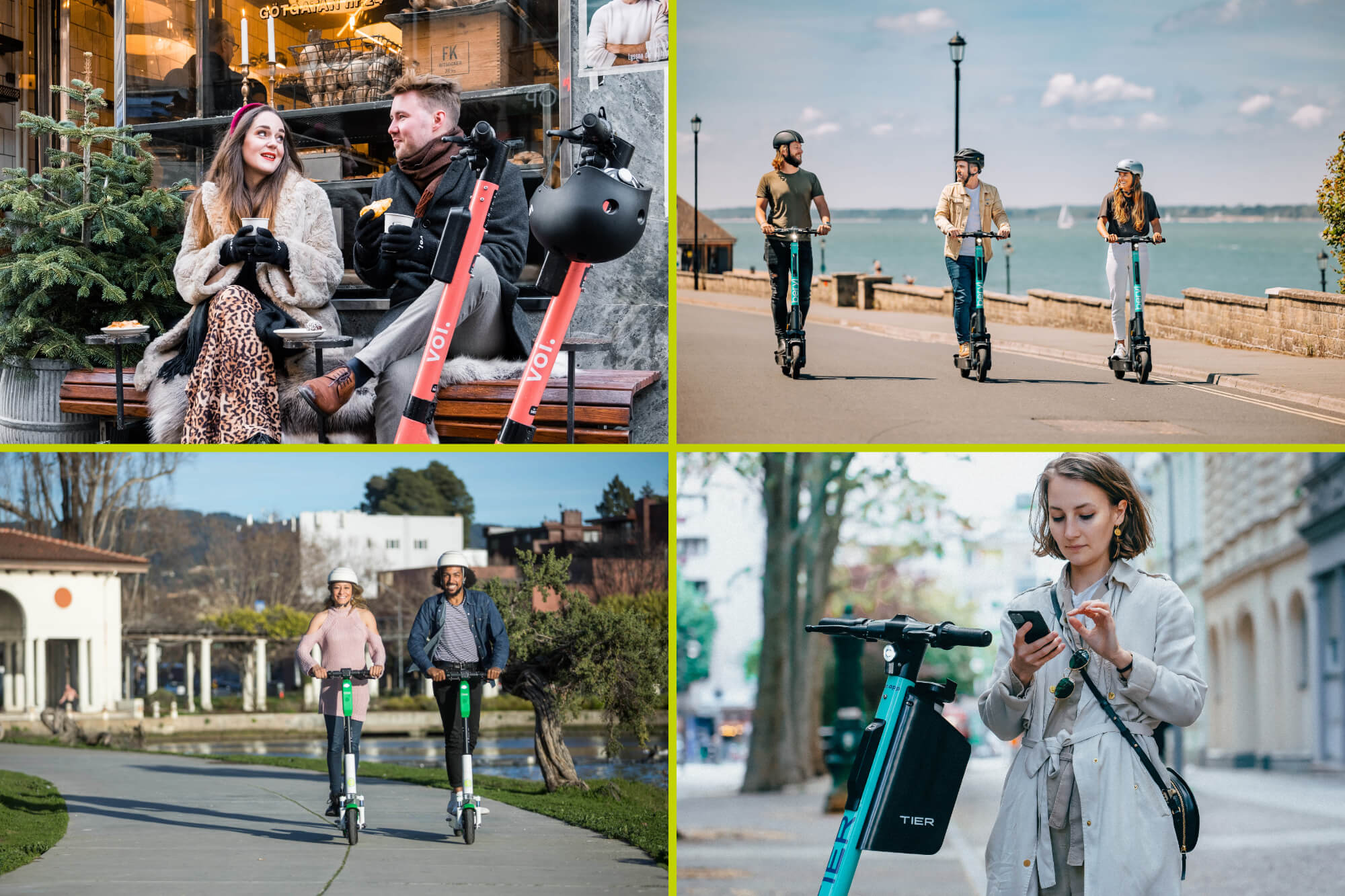Neuron Mobility has released its latest report analysing how the adoption, usage and perception of e-scooters differ between men and women.
The report, entitled “Bridging the E-scooter Gender Gap: Enhancing Adoption and Safety,” aims to provide insight into how cities can make micromobility safer and more inclusive for everyone.
Its results suggest that although e-scooters were previously used more by males than females, they are now more widely adopted by both sexes as a mainstream transport option.
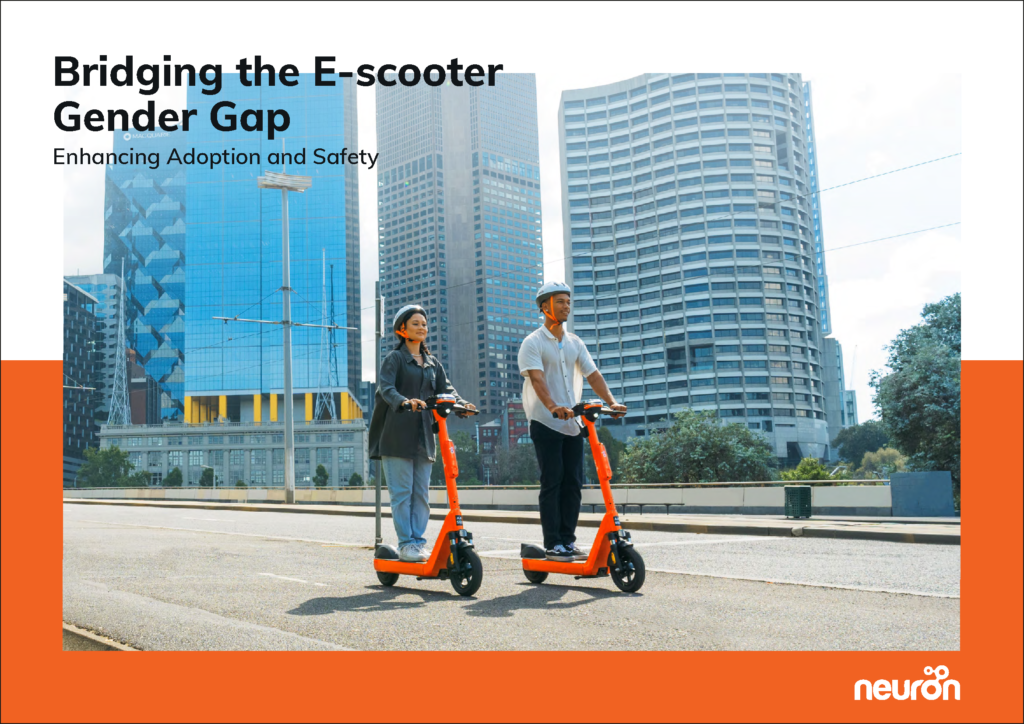
According to survey data, a gap between the sexes does still exist across the shared micromobility market with a split of 59% male and 40% female riders.
However, advancements in e-scooter design and regulation are helping to increase their attractiveness for women.
In fact, a higher proportion of women aged 16–34 years worldwide are now actively choosing to ride e-scooters compared to the same-aged male counterparts (60% vs 52%).

The report determines that a number of factors have contributed towards these figures.
Typically, it found that female riders prioritise safety to a greater extent, while males often valued speed and handling.
Consequently, the early adoption of private e-scooters was predominantly led by younger men who were less impacted by safety concerns. This then accelerated their uptake of rental e-scooters.
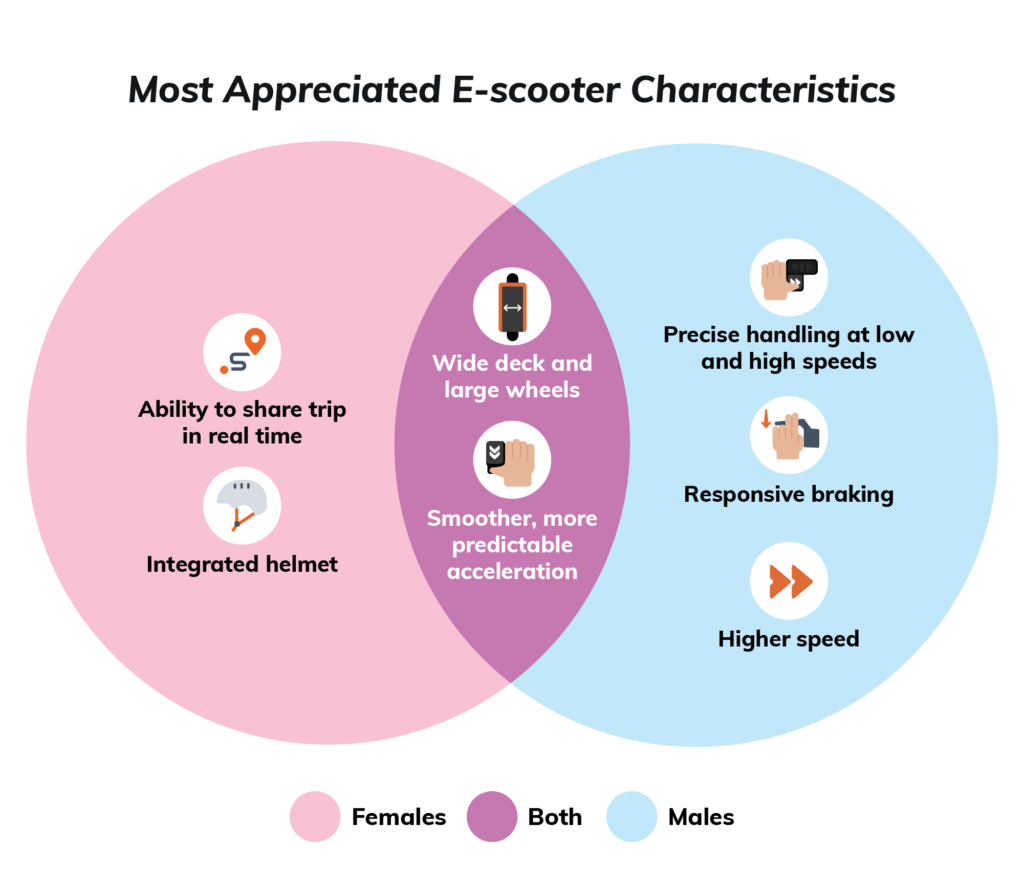
City infrastructure was also reported to play a crucial role in e-scooter adoption rates. When respondents were asked what would significantly improve ridership, 73% called for cities to provide more protected lanes, while 89% would like more parking stations with identifiers such as painted bays.
Generally, males favoured the provision of infrastructure to improve access and connectivity, while females prioritised better riding conditions.
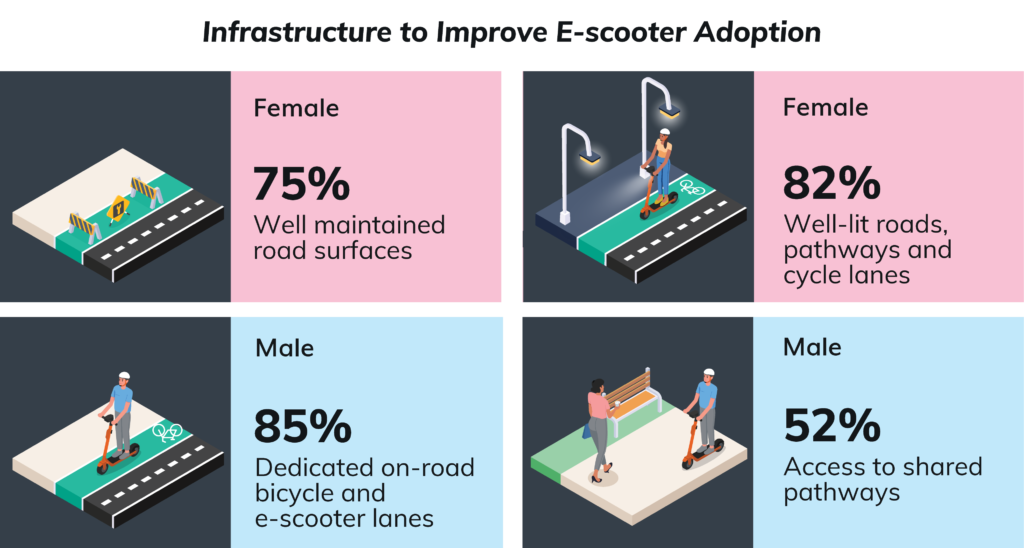
In addition, the report also revealed that cities and riders value rental e-scooters as an important transport service for the night-time economy. Hospitality and healthcare workers use e-scooters for their affordability, while some women report feeling safer travelling on an e-scooter alone at night compared to walking or using public transport.
The report therefore concludes that more women are considering or using e-scooters as a safe and sustainable way of travelling.
It also offers key recommendations for policymakers, urban planners, city transport teams and e-scooter service providers to continue fostering a more inclusive and safer e-scooter ecosystem moving forward. This includes strengthening the enforcement of regulations and providing improved access to suitable infrastructure.



